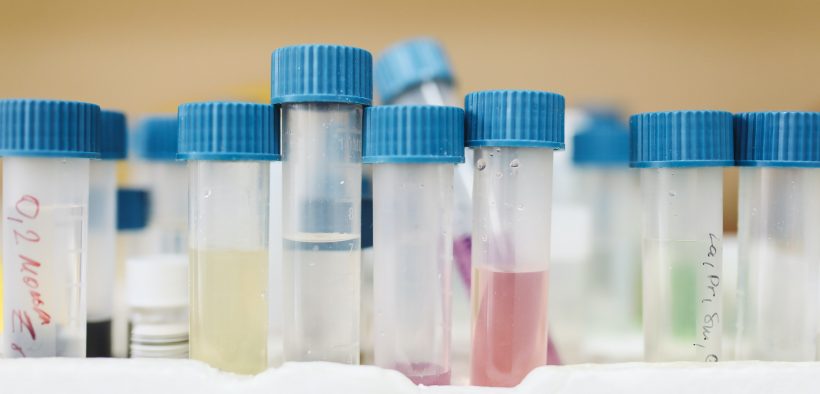Gargling Method Can Be used As Collection Method For COVID19 Tests

A traditional practice of gargling can be used for a collection method of COVID-19 samples through gargle water sample according to a cross-sectional study published in ICMR’s Indian Journal of Medical Research. Study was done at All India Institute of Medical Sciences, New Delhi, on 50 confirmed COVID-19 patients.
The global alliance against the COVID-19 pandemic has mostly focused on finding a cure, developing a vaccine or using better diagnostic tests. However, a crucial factor that has been missed out is to reassess the traditional practices, one of which is methods for the collection of respiratory samples.
Swabs are the most commonly employed method. Swab collection has several drawbacks also as it requires training, exposes the healthcare workers (HCWs) to the virus- containing aerosols, has poor patient acceptability and is resource intensive.
An alternative sample collection method that could overcome most of these limitations without compromising the yield of the test is the need of the hour. One such method is the collection of gargle lavage.
Although the use of gargle specimens is not new, at present, there is little published information on the suitability of gargle specimens to diagnose SARS- CoV-2 infection.
Whether the risk of aerosol generation was similar to swab collection (commonly leads to coughing and sneezing) or higher was not clear. To minimize the risk of transmission due to aerosols and to maximize the benefits of this method of collection, it would be best to employ it for home collection. Furthermore, it cannot be used in patients who are critically ill as well as in young children/patients (altered sensorium, etc.), who may not be able to follow instructions/perform gargle, study stated.
In conclusion, the study highlights the usefulness of gargle lavage as an appropriate respiratory sample collection method. It is a viable alternative to conventional swab collection with several distinct advantages and will have significant clinical and public health impacts in terms of better acceptability, easy self- collection, sparing of HCWs and cost-effectiveness.


















